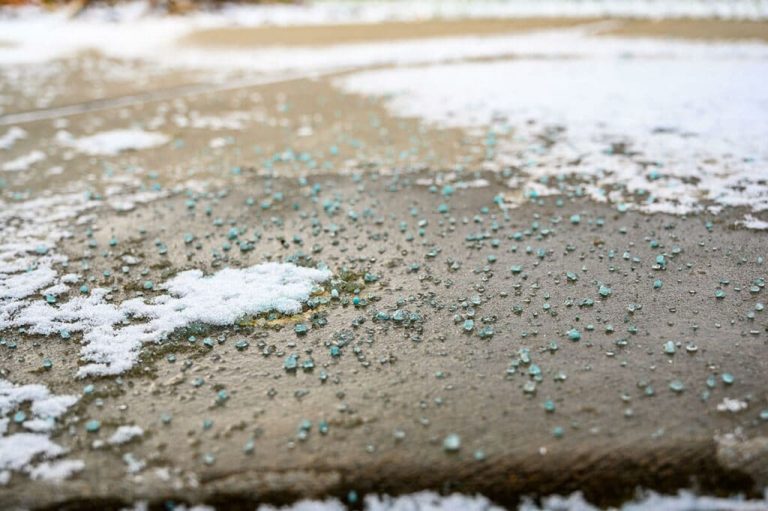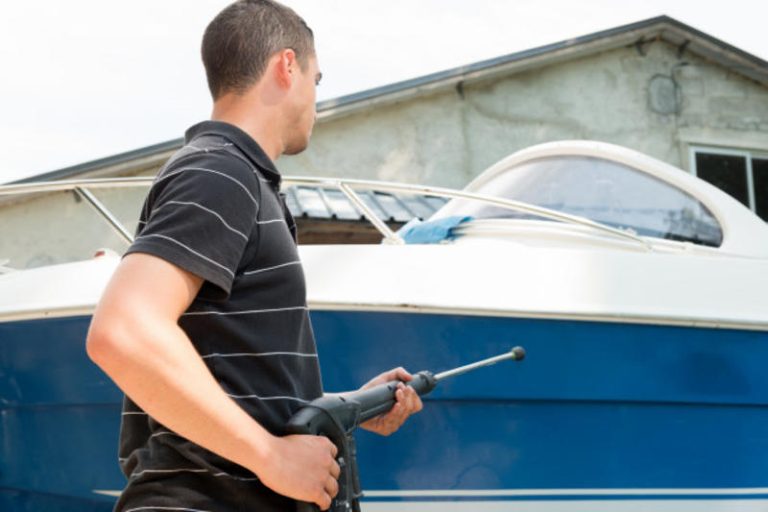
If you’ve ever shopped for a power washer, you’ve probably noticed a couple of terms popping up everywhere—PSI and GPM. These two specs are more than just numbers on a box. They determine how well the washer will perform and whether it’s right for the type of cleaning you need to do around your home. But what exactly do they mean—and how much do you really need?
Let’s break it down so you can buy with confidence. ✅
🧪 What Do PSI and GPM Mean?
- PSI (Pounds per Square Inch): This measures the pressure of the water. The higher the PSI, the more force the washer delivers.
- GPM (Gallons per Minute): This measures the flow rate—how much water is coming out per minute. More GPM means faster cleaning.
You can think of PSI as the power to break stuff loose, and GPM as the speed to wash it away. Together, they tell you the overall cleaning power.
🧼 Cleaning Units = PSI × GPM
This simple equation helps compare machines. The higher the number, the more powerful the washer.
🏡 What Do You Actually Need for Home Use?
Here’s a quick guide to what works for most homeowners:
- 1,300–1,800 PSI @ 1.2–1.5 GPM:
Great for light jobs—bicycles, lawn furniture, window screens, and small patios.
✅ Safe for delicate surfaces. - 1,800–2,500 PSI @ 1.5–2.0 GPM:
Perfect for general home maintenance. Ideal for siding, driveways, fences, decks, and garage floors.
💪 Most homeowners will find this range effective and versatile. - 2,500–3,000+ PSI @ 2.0–2.5+ GPM:
Designed for tougher jobs—brick, concrete, heavy stains, or large properties.
⚠️ Not always ideal for beginners; can cause damage if misused.
If you only plan to clean small areas a few times a year, don’t overbuy. A 1,800 PSI electric model will do just fine. But if you want something that can handle driveways, fences, and the occasional deep clean, aim for the 2,000–2,500 PSI range with at least 1.8 GPM.
Browse Amazon Here For Top Rated Power Washers And Accessories
⚡ Electric vs. Gas: Does It Matter?
Yes—and here’s how they stack up:
- Electric Models:
Quieter, easier to maintain, and more affordable. Typically max out around 2,000 PSI.
🔌 Best for smaller, routine cleaning tasks. - Gas Models:
More powerful, more mobile (no cords), and suitable for bigger jobs. Often 2,500+ PSI.
⛽ Ideal for heavy-duty work or large areas.
🧠 Other Factors to Consider
- Nozzle Options:
Different nozzles change spray width and pressure. A 25° or 40° nozzle is safer for home use. - Detergent Tank:
Built-in soap tanks make it easy to use cleaning solutions. - Hose Length & Portability:
Longer hoses and wheels make maneuvering easier, especially on larger properties.
📝 Final Thoughts
Choosing the right PSI and GPM isn’t just about buying the biggest, baddest machine. It’s about matching the tool to the job. For most homeowners, a unit between 1,800–2,500 PSI and 1.5–2.0 GPM offers the best balance of cleaning power and control.
And remember, it’s not just how strong the stream is—it’s how you use it. Always test on a small area, read the manual, and use the right nozzle for the job.
Clean smart, not just hard. 💦🧽✅
Browse Amazon Here For Top Rated Power Washers And Accessories






